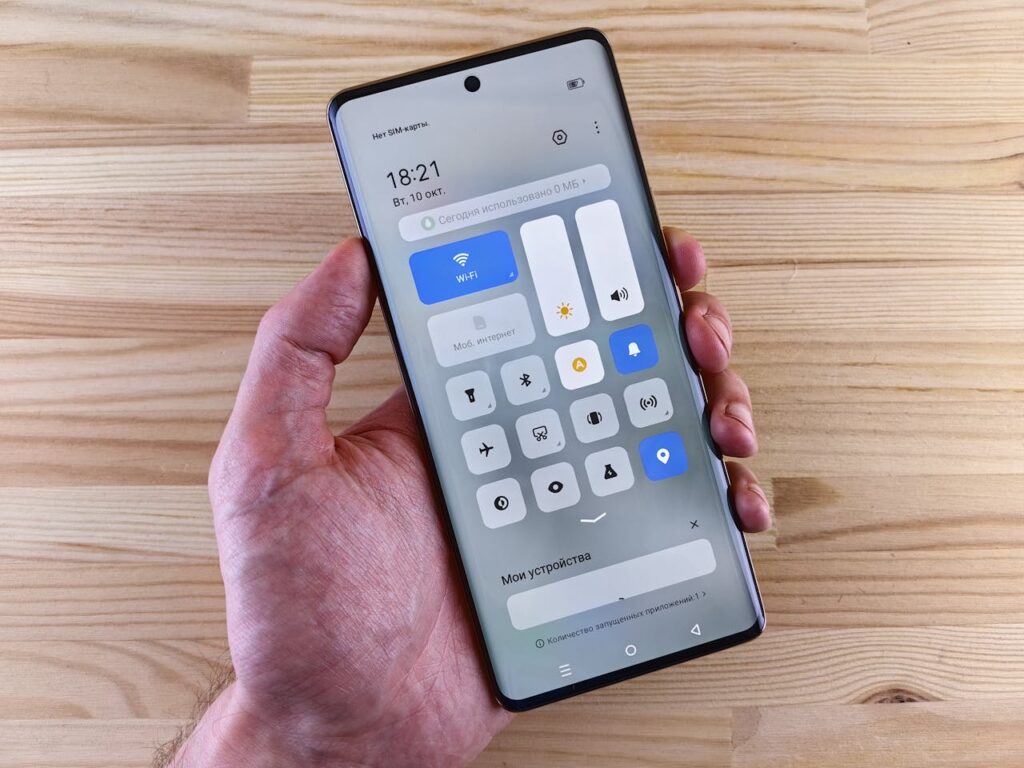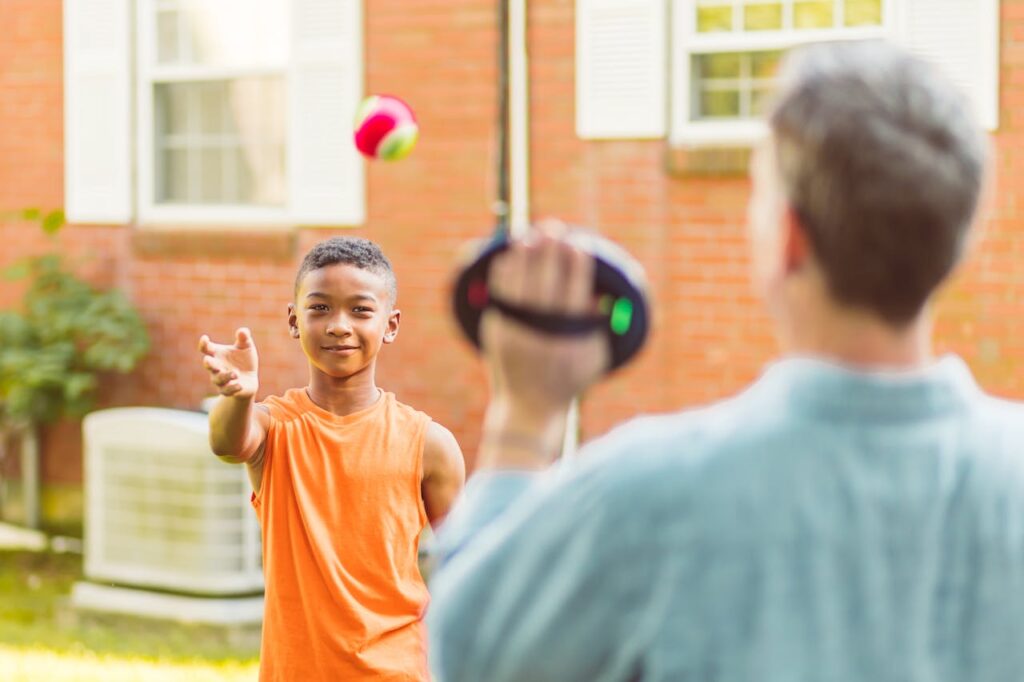You don’t need to be a scientist to experience physics; it’s happening all around you, every single day. From how your phone screen works to why your coffee cools down, physics explains a surprising number of things we usually take for granted. These moments may seem ordinary, but they’re driven by energy, motion, gravity, and other forces that keep the world in motion. Here are 10 everyday things that are basically physics in action, even if you never realized it.
1. Slamming on the brakes

Ever felt your body jolt forward when a car stops suddenly? That’s Newton’s first law in action. Objects in motion want to stay in motion, including your body, so when the car stops, your body tries to keep going. That’s why seatbelts exist. It’s not just a dramatic moment; it’s physics keeping you safe. Every time you brake at a red light or avoid a squirrel, you’re experiencing inertia, friction, and force, all working together in a flash.
2. Ice melting in your drink

Drop a few ice cubes in a glass and wait. You’ll see physics at work as heat moves from the warmer liquid to the colder ice. That’s called heat transfer, and it follows the second law of thermodynamics. The energy naturally flows from hot to cold until everything evens out. So, when your soda gets warm and your ice disappears, it’s not just annoying, it’s a quiet lesson in energy movement happening right in your cup.
3. Wi-Fi signals around the house

Can’t load TikTok in your room, but it works fine in the kitchen? That’s physics again, specifically, electromagnetic waves. Wi-Fi travels through the air as invisible waves, and those waves bounce, reflect, or get blocked by walls and furniture. Even microwave ovens and mirrors can interfere. The strength of your connection depends on how these signals travel and interact. So next time your connection drops, blame wave interference, not your router.
4. Tossing a ball in the air

Throw a ball up, and it slows down, stops, and falls back down. Gravity pulls it back, and air resistance slows it along the way. That simple motion explains two key physics principles, acceleration due to gravity and Newton’s laws. Whether it’s a baseball, a basketball, or a crumpled paper tossed to the bin, every arc and bounce you see is a physical reaction that follows the same predictable rules every time.
5. Using a seesaw at the park

A seesaw is more than playground fun; it’s a real-life lever. When you push off the ground, you’re applying force. The heavier person sits closer to the middle, while the lighter person goes farther out to balance it. That’s torque and rotational equilibrium at play. Without realizing it, kids are learning about force, mass, and motion just by going up and down. Simple, fun, and pure physics from the very first push.
6. Flicking a light switch

Flip the switch, and the lights come on instantly. But what’s happening? You’re completing an electric circuit. Electricity flows through the wires, lighting the bulb almost immediately. This is basic electrical physics: current, resistance, and voltage all working together in milliseconds. It feels like magic, but it’s just electrons moving through a closed loop. That little flick is a perfect example of physics powering your home, one switch at a time.
7. Riding a bicycle

Balancing a bike might feel natural now, but it’s packed with physics. Gyroscopic stability helps keep the wheels upright, friction between the tires and the road keeps you moving, and Newton’s third law explains how pedaling propels you forward. Even turning the handlebars involves centripetal force. Every ride combines motion, balance, and energy in a way that feels smooth and easy, thanks to some serious physics working behind the scenes.
8. Heating leftovers in a microwave

Pop your leftovers into the microwave, press start, and in seconds, warm food. But how? Microwaves use electromagnetic radiation to excite water molecules inside your food, making them vibrate and generate heat. It’s not heat from outside in, it’s heat generated from inside out. This clever use of wave energy is a great example of applied physics. It may feel routine, but every reheated meal is powered by invisible forces doing their thing.
9. Using your phone’s touchscreen

Tapping your phone feels so natural, you forget it’s science. Most phones use capacitive touchscreens, which respond to the electrical charge in your finger. The screen detects where the charge changes and interprets that as a tap or swipe. It’s all about electric fields and conductivity. So every text, scroll, or game you play is thanks to physics sensing your finger’s position and translating it into digital commands in real time.
10. Dropping something on the floor

Drop your keys, and they fall fast. Gravity’s always pulling things down, but how fast they fall depends on mass, shape, and air resistance. A feather floats slowly while a phone hits the floor hard. Even that thud you hear is energy being released as sound and heat. It might feel frustrating, but every time you drop something, you’re watching a real-time physics demo of how force, gravity, and motion all interact instantly.


